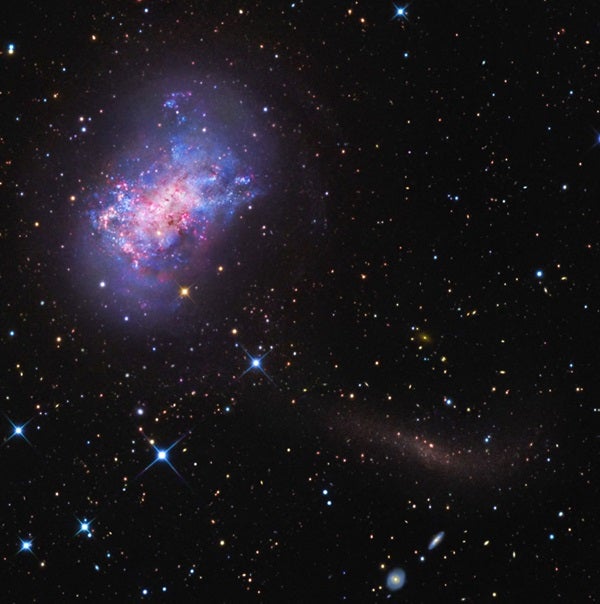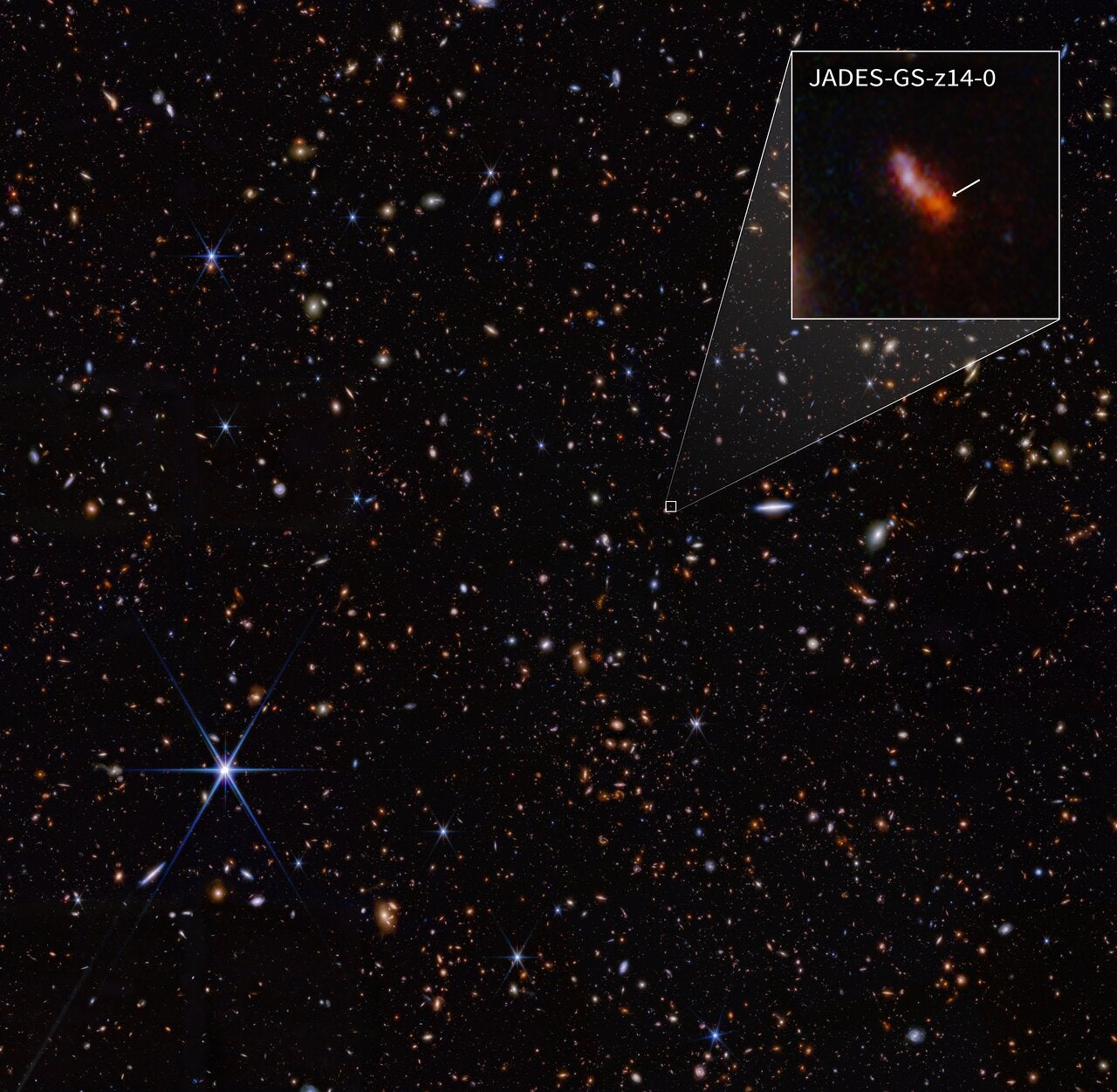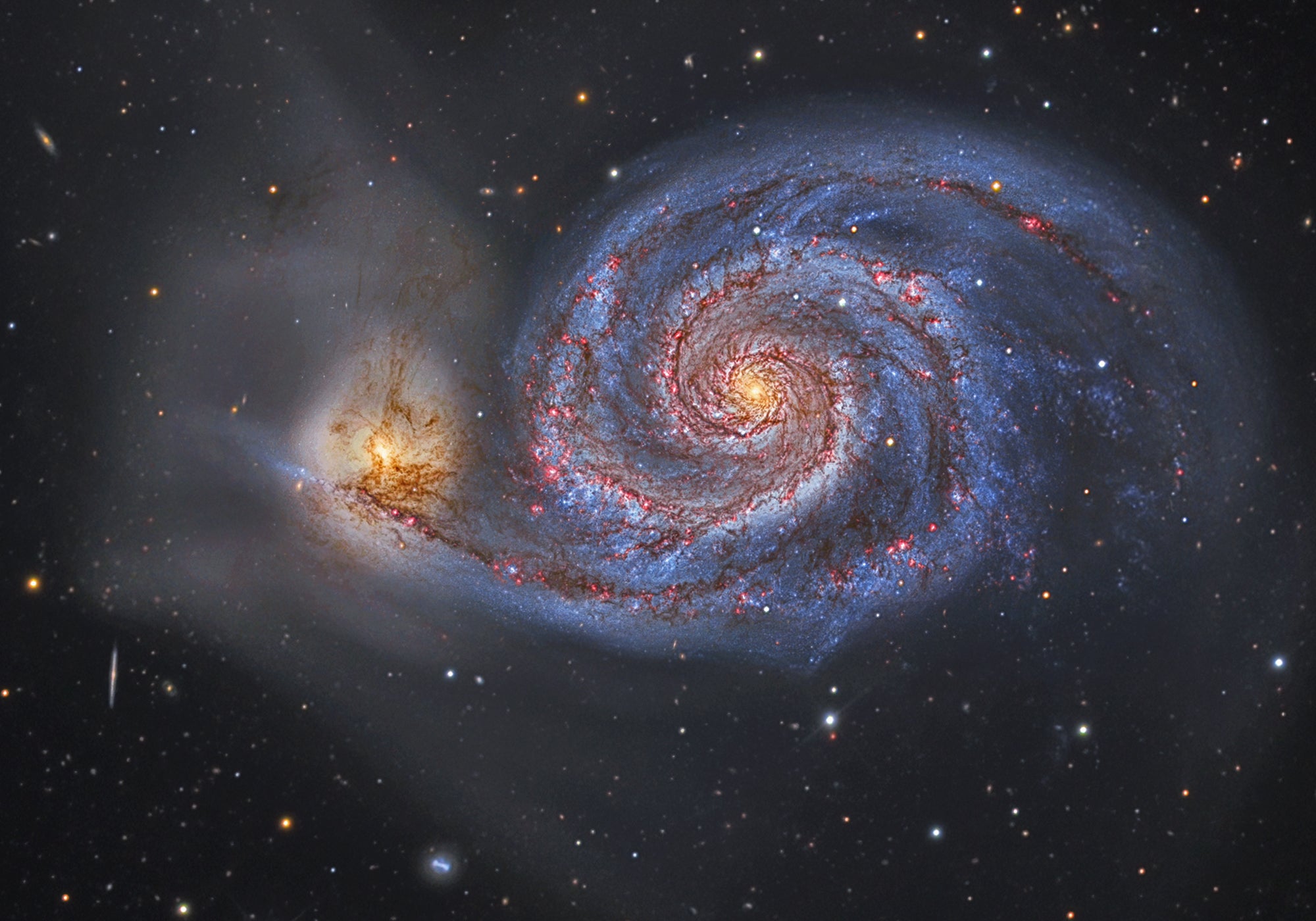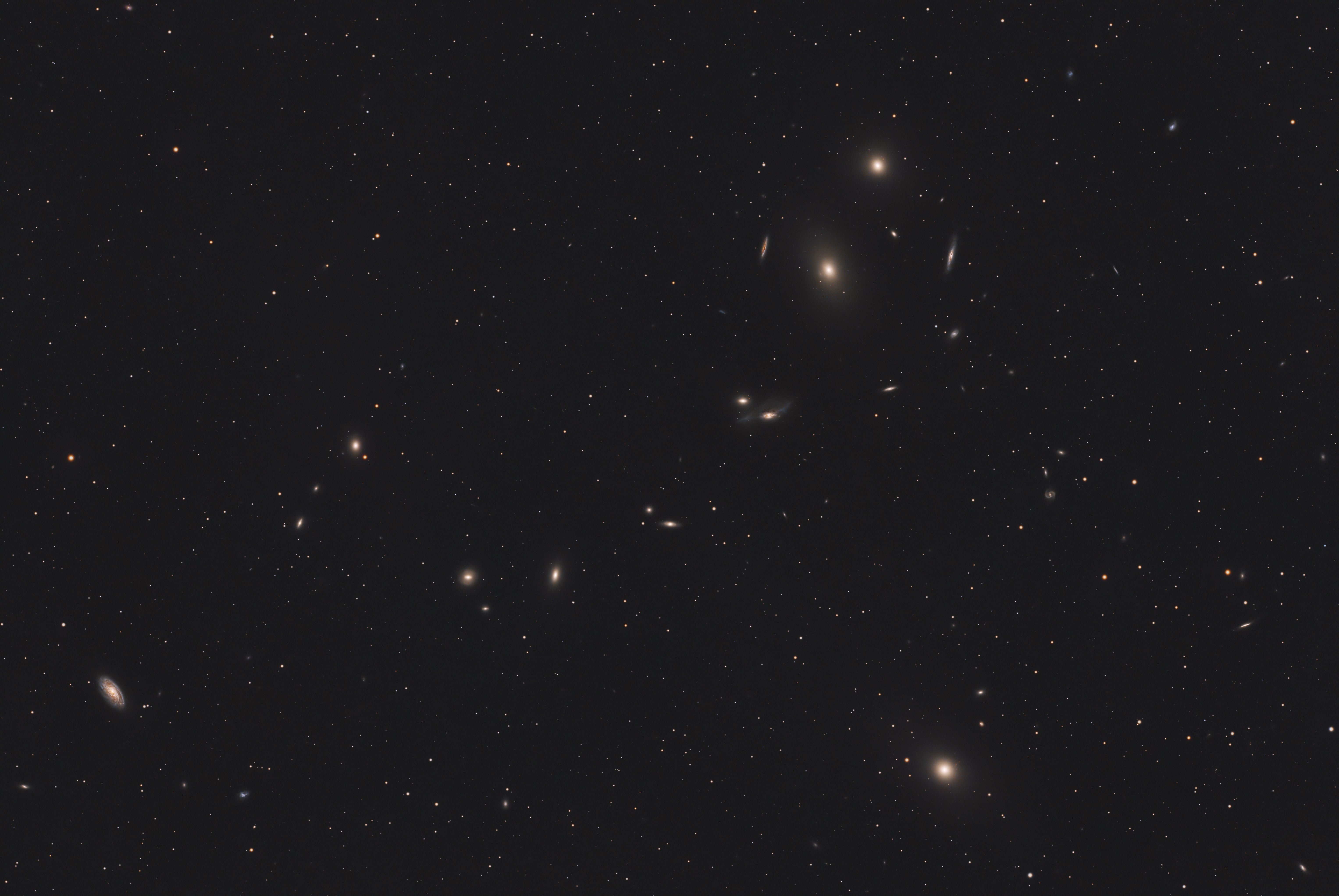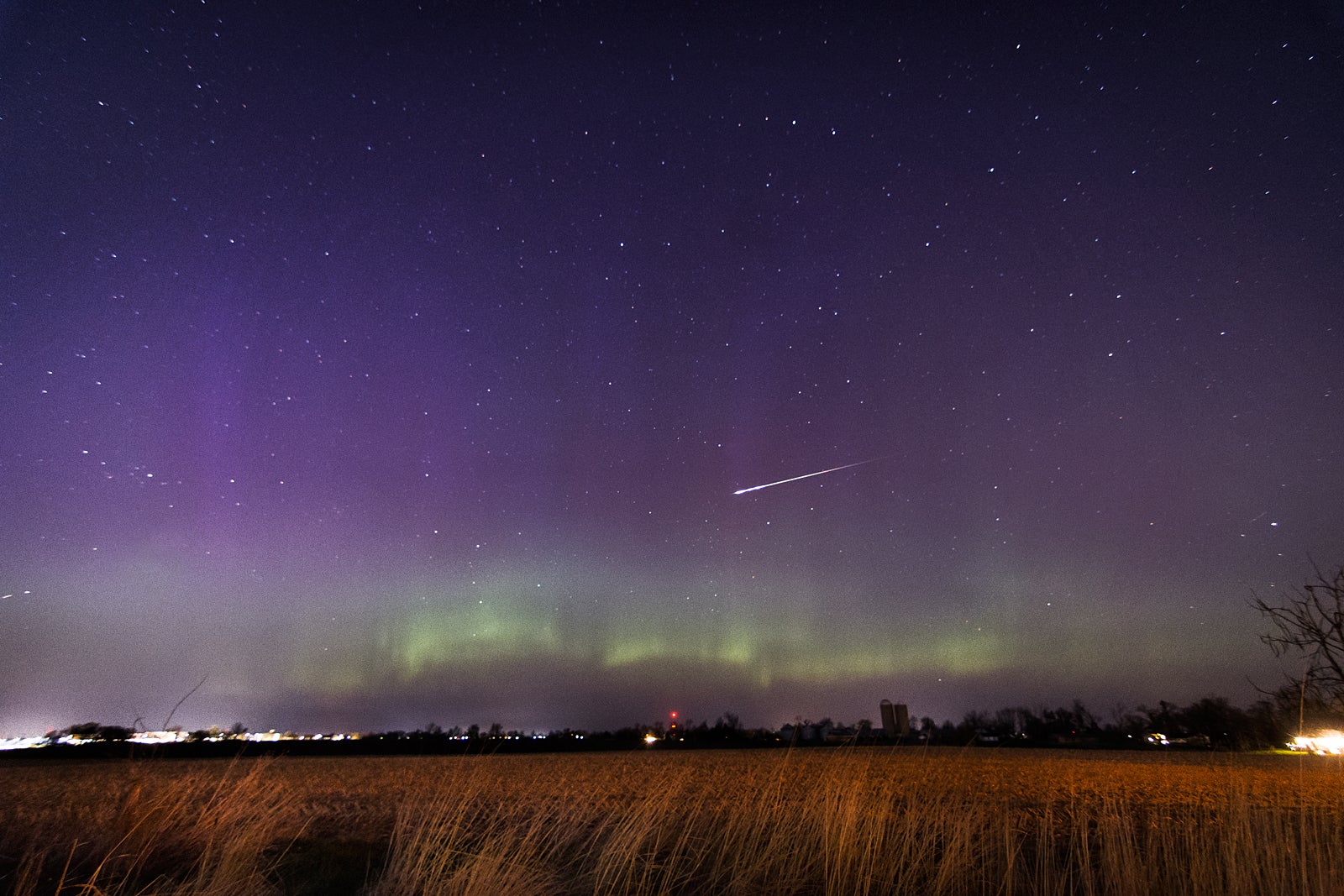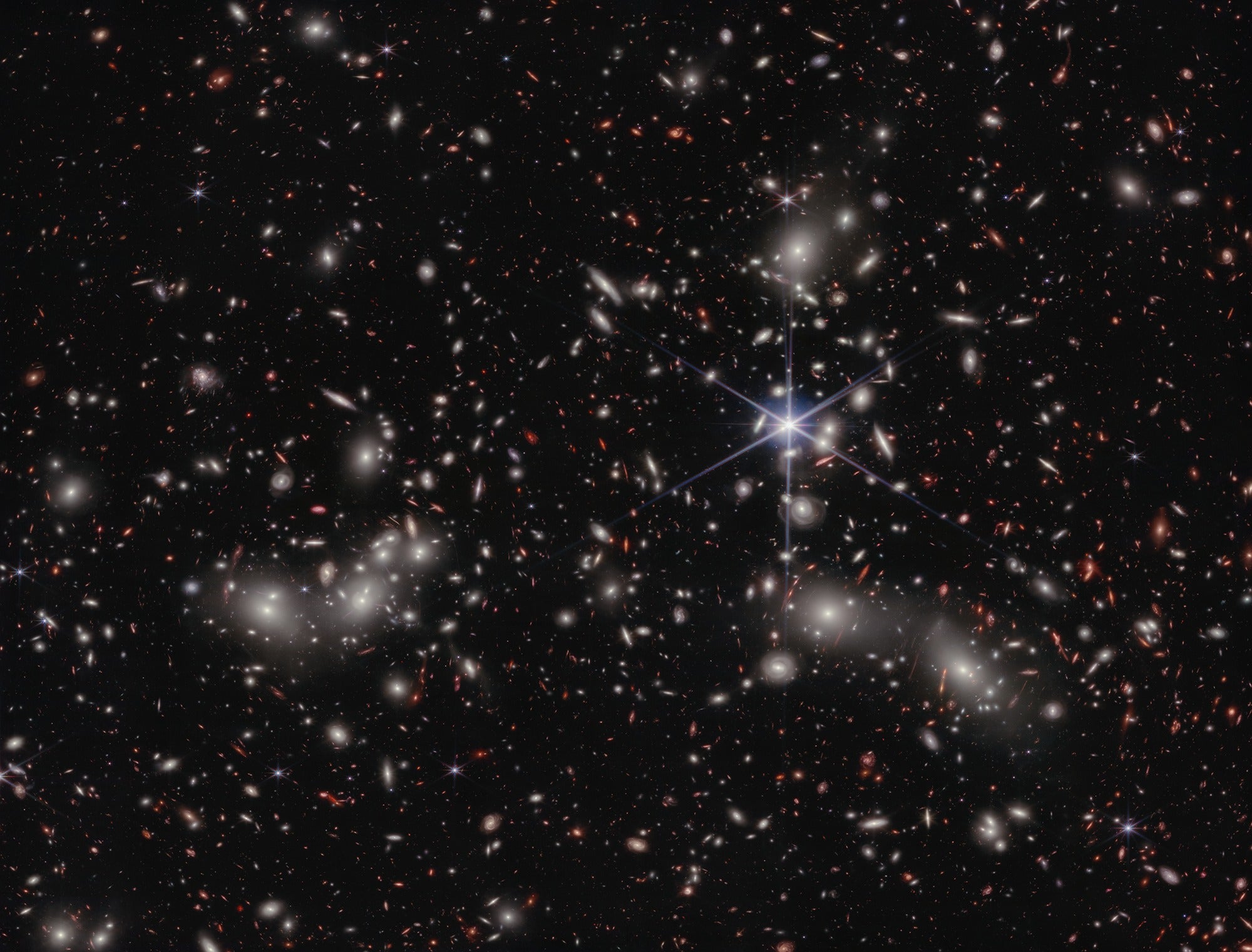This is thought to happen by gas gathering to form denser regions under the influence of its own gravity; once a critical density is reached, stars are born. Conceivably, the smallest galaxies, called dwarf galaxies, might form in this way, and they might grow bigger as they incorporate new gas from their surroundings, processing the new material into stars. In this way, there would be growth without the need for mergers. And indeed, until now, no such mergers had been observed.
Now, two independent groups of researchers, one led by David Martínez-Delgado from the Max Planck Institute for Astronomy (MPIA), the other by Michael Rich from the University of California, Los Angeles, have identified the first confirmed example for a galaxy merger between small galaxies. They found convincing evidence that a small companion of the dwarf galaxy NGC 4449 in the constellation Canes Venatici, first identified in 2007, is another smaller dwarf galaxy in the process of being disrupted by its larger neighbor, prior to being swallowed up.
“A number of models predict that dwarfs should eat dwarfs,” said Martínez-Delgado. “But this is the first clear example of such a feast that has been actually observed. We’ve found a key piece of the puzzle of galaxy evolution. Also, the fact that NGC 4449 is quite close to us shows that processes like this are still happening. They need to be taken into account if we want to describe our cosmic neighborhood.”
“Knowing what a half-digested dwarf galaxy looks like should help us find additional examples of dwarfs eating dwarfs,” said Michelle Collins from MPIA. “Finding a fair number of examples should put our models of the first stages of galactic growth on a firm footing — or show what we’re missing.”
Mass estimates for the distorted dwarf suggest that it contains significant amounts of dark matter, which does not emit light and only interacts with ordinary, atomic matter via gravity. If so, then this pairing could be a rare glimpse of a “stealth merger” — a galaxy’s merger with a low-brightness object that is difficult to observe directly, yet, due to its high mass, can have a major influence on the receiving galaxy’s shape, size, and dynamics.

